The lawsuit is based on allegations of plagiarism on several articles at once. According to a document filed June 10 in a Texas court, Nike has violated nine patents of the German brand.
The fight for smart sneakers
One of the points of the appeal was Nike Adapt sneakers, which, according to the German brand, copy the technology of Adidas_1, released in 2005 and became “the world’s first smart running shoes.”
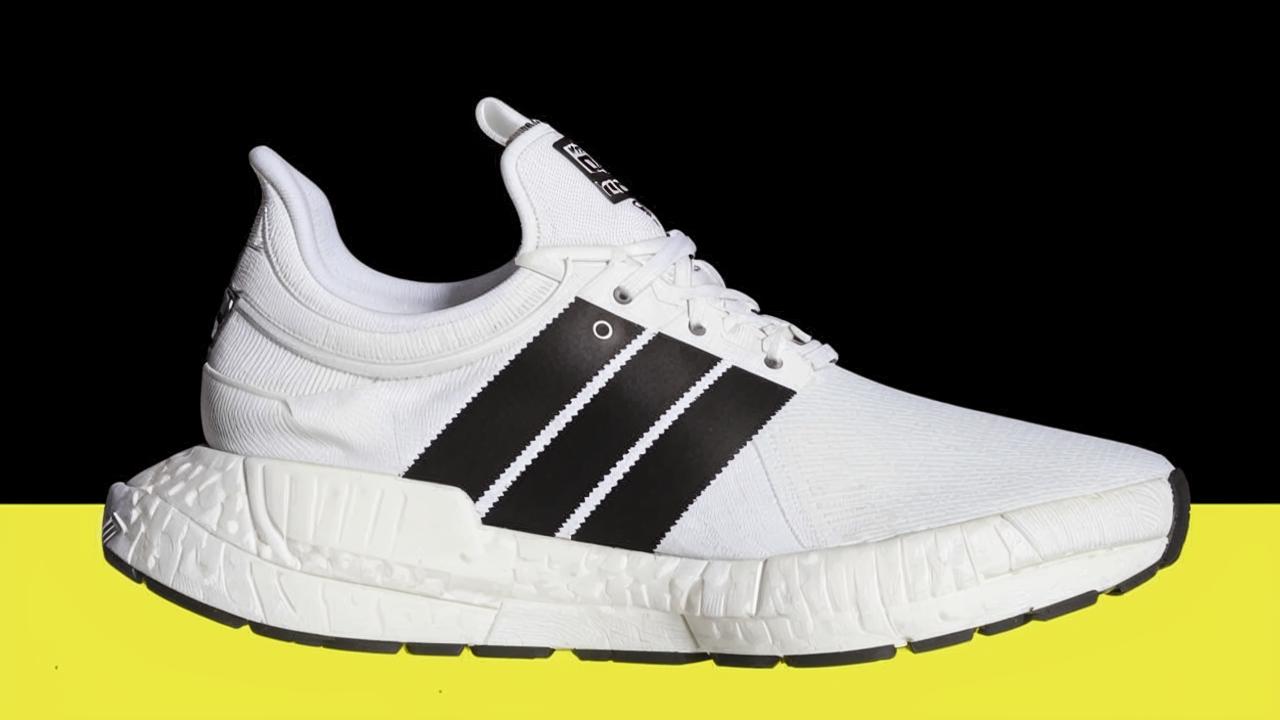
Adidas_1
The German concept was launched in 2005 with the slogan “Impossible Is Nothing”. This shoe was originally made for basketball, but then they released a lifestyle version of the sneaker with the same revolutionary technology. The model was accompanied by a microprocessor and an automatic (and manual) intelligent heel cushioning adjustment system. Data on too much or, on the contrary, insufficient compression of the sole was sent to the microcomputer, which, in turn, by means of a mechanical drive adjusted the level of stiffness of the sole and, thus, provided the desired level of cushioning.
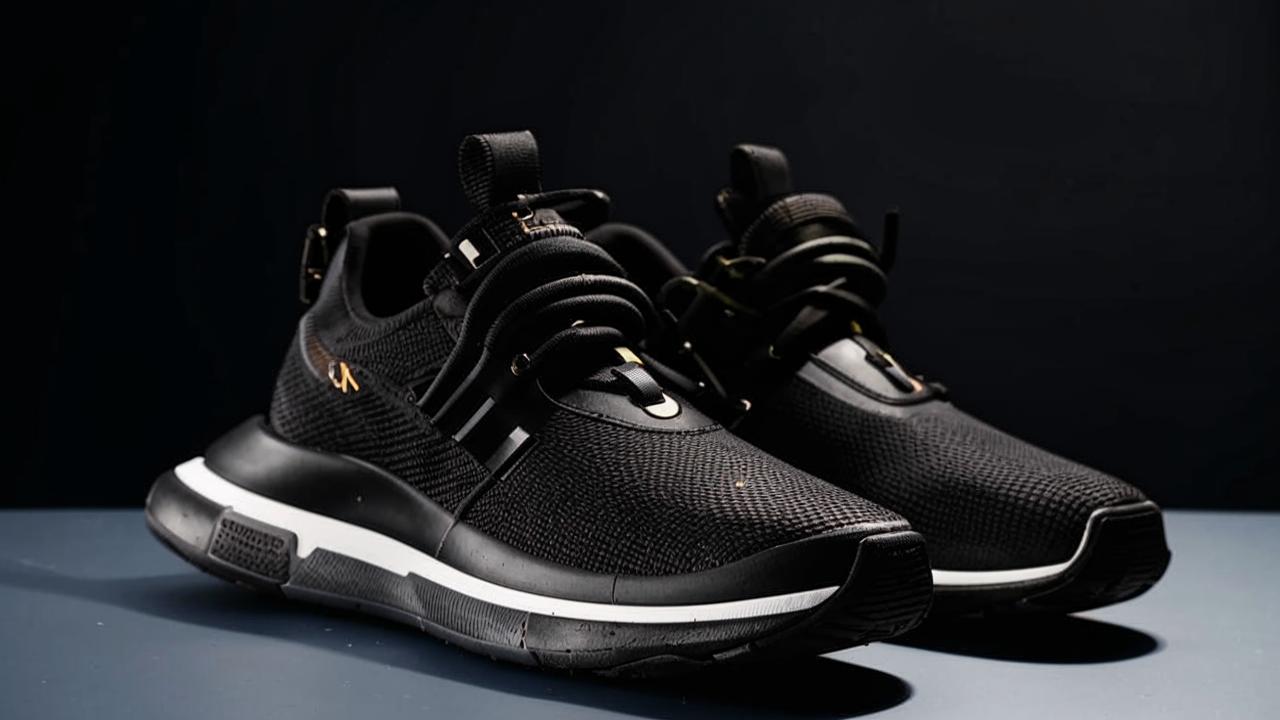
Nike Adapt BB 2.0
Nike Adapt is the American version of “smart sneakers” that adjust to the foot during wear. The model introduces technology that automatically locks the sneakers in place, tightening them directly during training and then loosening them during breaks and rest.
This is perhaps the most interesting item on the search, here’s why:
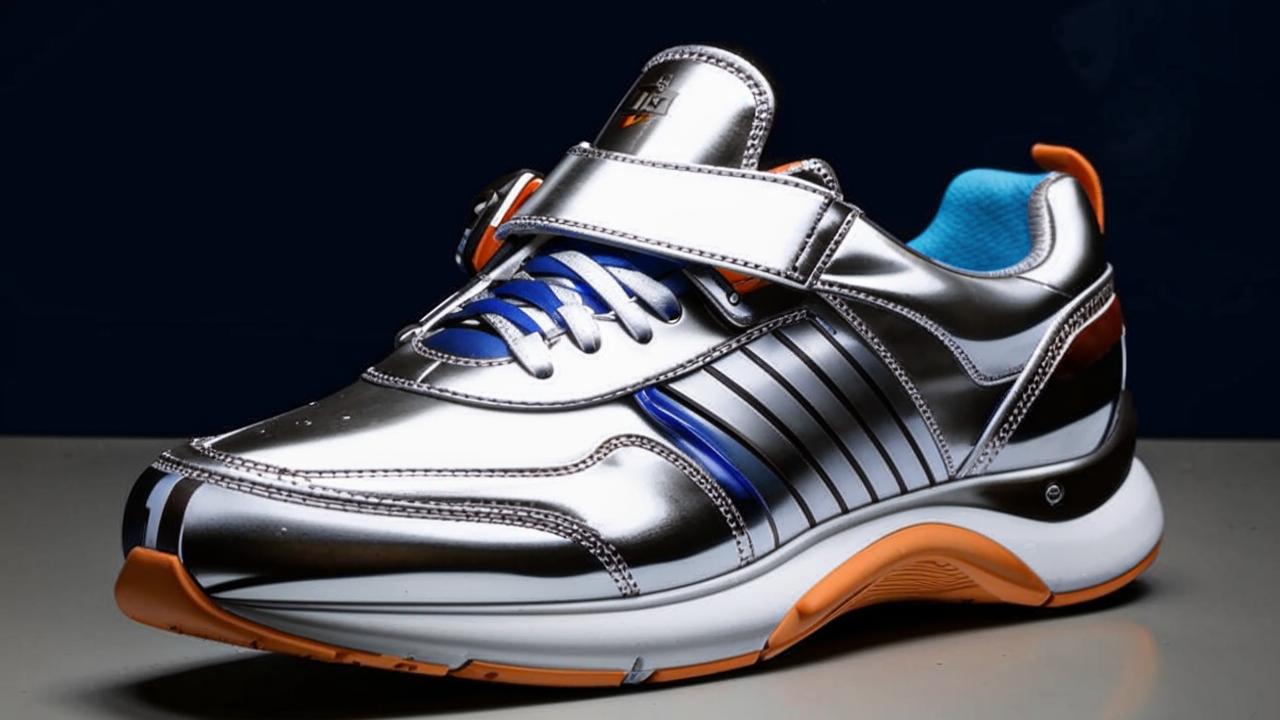
Adidas’ first smart sneakers
The title of the first smart sneakers can rightfully be given to the German brand and their Adidas Micropacer development, released in 1984, but the model was only able to track the process, but not influence it.
In 1986 Puma released its own version of technological sneakers: RS-Computer sneakers also tracked time, distance and calories spent at the moment of movement. Using a special 16-pin cord, the information was uploaded to an IBM PC, Apple IIe or Commodore 64.
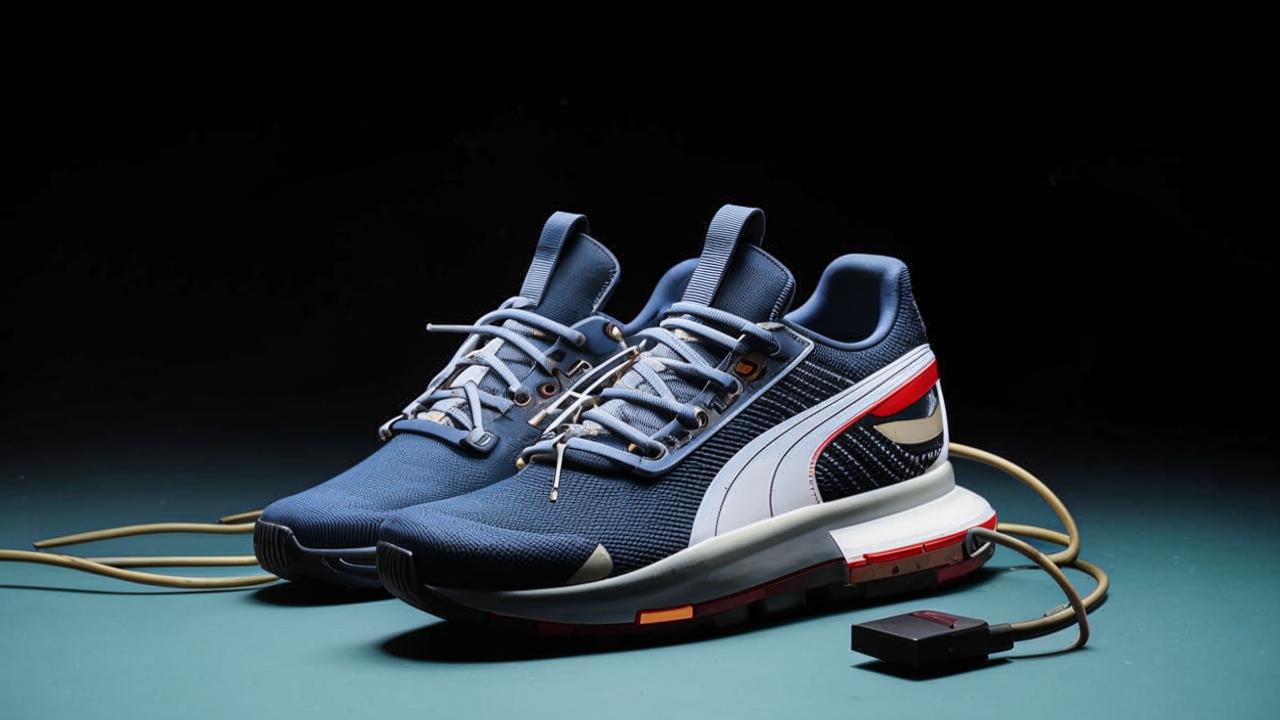
PUMA RS-Computer
In 1989, the creators of the movie Back to the Future approached Nike to have their designers come up with self-lacing sneakers for the main character, called Nike Mag.
Mark Parker and Tinker Hatfield created a prototype, which was shown in the movie, and in 2011, it was translated into an actual model. The designer of the technological novelty was Tiffany Beers, now she works at Tesla. The company claims that it was in 2005 that the development of the innovation began.
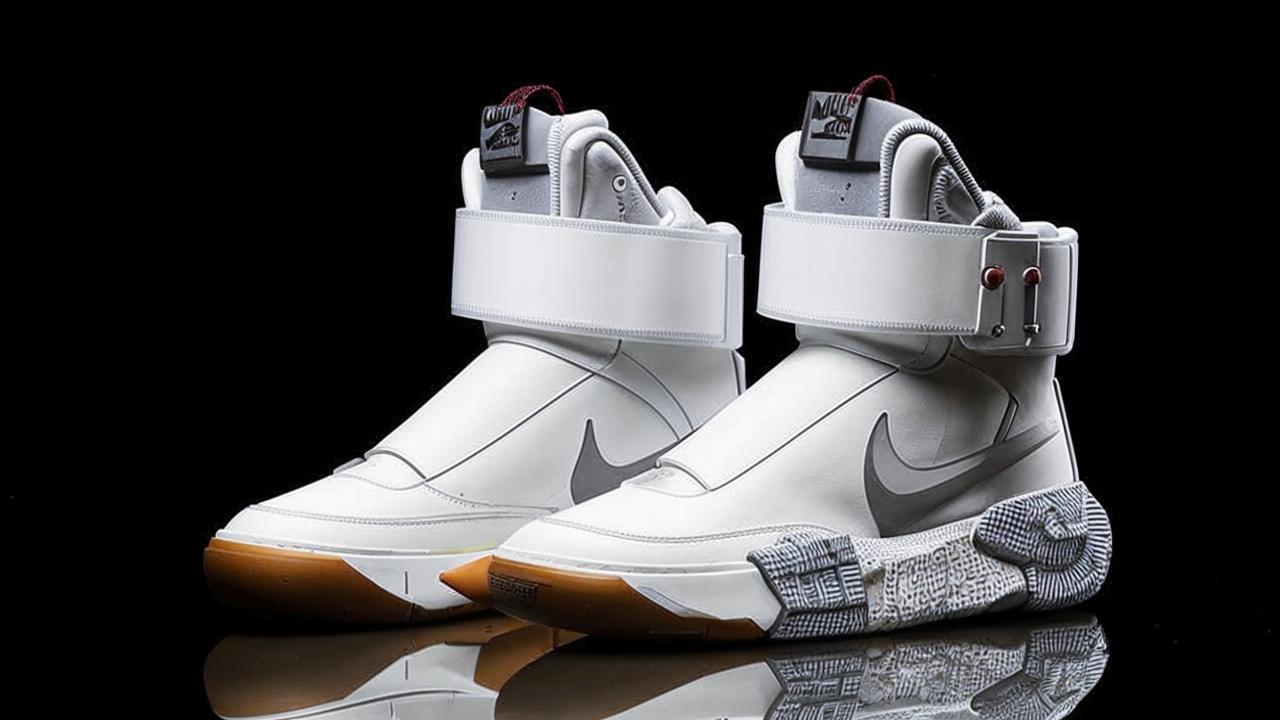
Nike Mag
Nike HyperAdapt 1.0 sneakers, directly related to the above-mentioned trial, were released in 2016. Now the lineup continues to be updated.
Mobile apps and data analytics
A big part of the case will be the adidas Confirmed and Nike SNKRS apps, which have similar features. Confirmed came out back in February 2015, while SNKRS was launched in May of the same year. In addition to these resources, Nike’s Run Club and Training Club will be reviewed.
Adidas was the first in the industry to comprehensively provide athletes with data analytics.
quote from the June 10 lawsuit.
The German brand claims the apps infringe on adidas patents related to adidas’ features of audio feedback during workouts, GPS tracking, workout plans and integration with third-party accessories such as heart rate monitors.
Adidas had previously filed a similar lawsuit against Under Armour over the Map My Fitness app. The companies eventually settled amicably – Under Armour paid license fees to adidas.
The exact amount of the lawsuit is unknown. It is only reported that “it shall be paid in an amount sufficient to compensate adidas for Defendant’s infringement of the patents-in-suit, but not less than a reasonable fee, together with interest and costs,” and “that Nike’s infringement of the patents-in-suit was willful.”
This is far from Adidas’ first lawsuit
Adidas is one of the most aggressive brands when it comes to protecting its products, especially its signature three stripes. The Germans have registered more than three thousand variations of the logo and have already filed lawsuits against giants like Tesla, Puma, Marc Jacobs or FC Barcelona, as well as local brands. Adidas’ accusations are most often based on two things: misleading the customer and diluting the brand name. There is even a case when the company sued Russian shoe chains Alba and Tsentrobuv in 2010.
We offer to check whether you have a good understanding of sports company logos with the help of our material.
But history remembers examples when claims were brought against adidas. In December 2021 Nike filed a lawsuit against the German brand because of sneakers with Primeknit technology. The document states that the technology to create elastic yarn from recycled materials copies their own FlyKnit patent to create a knitted fabric. Nike demanded a ban on importing such footwear into the US.
The complaint included adidas by Stella McCartney Ultraboost sneakers, Pharrell Williams Superstar Primeknit, Terrex Free HikerUltraboost trekking boots and some other models with knitted uppers.





